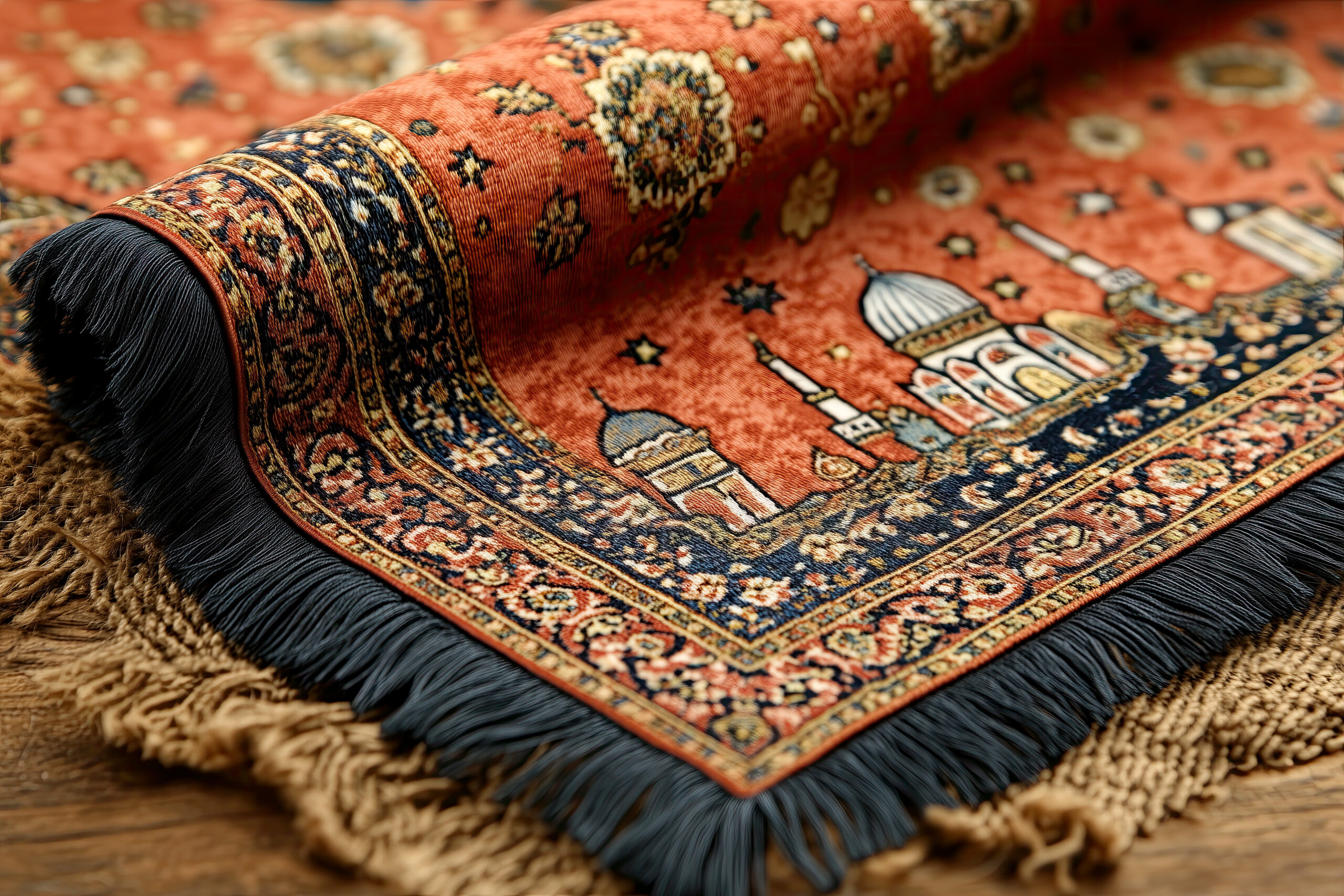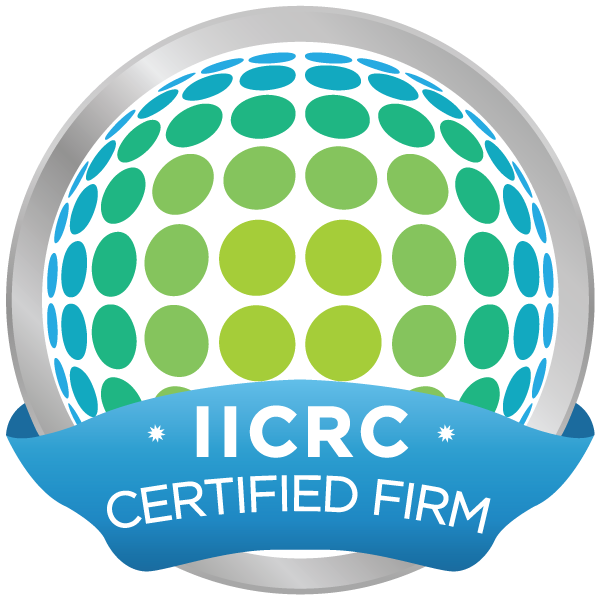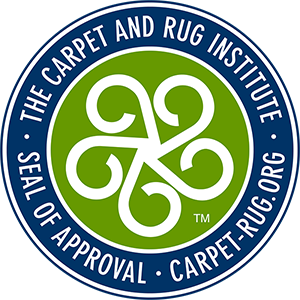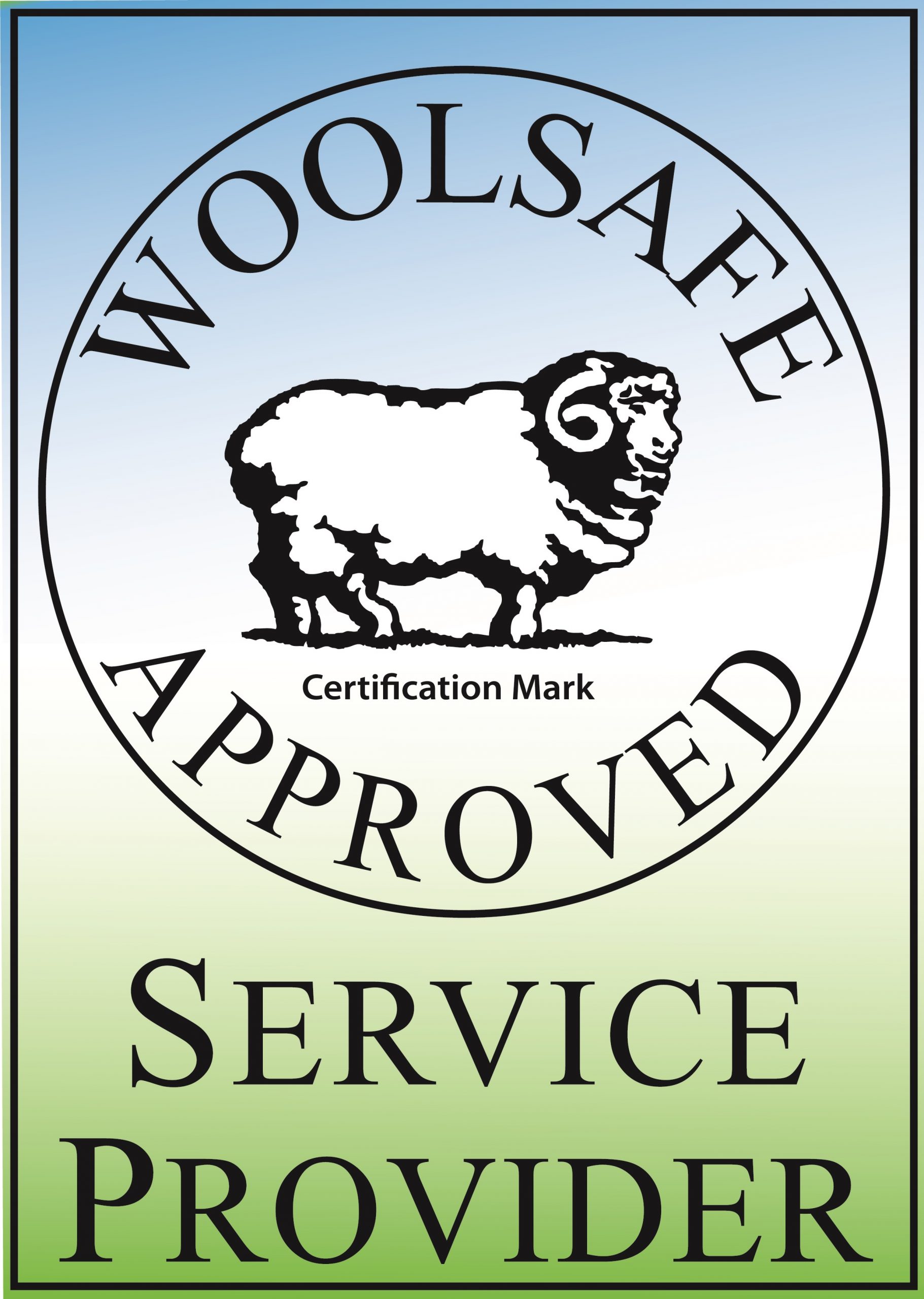
History & Significance of the Muslim Prayer Rug
The Sacred Journey Beneath Your Knees: Understanding the Muslim Prayer Rug
Ever wondered about the beautiful, often ornate rug a Muslim unrolls before prayer? That’s not just any rug—it’s a deeply personal, sacred space known as a Muslim prayer rug. It’s more than a piece of fabric. It’s a spiritual gateway, a daily companion, and a symbol of faith and tradition that spans centuries.
In this article, we’ll journey through the significance, history, design motifs, and cultural relevance of the Muslim prayer rug. Whether you’re a collector, a person of faith, or simply someone fascinated by culture and craftsmanship, this guide will open up a world woven with meaning and beauty.
What is a Muslim Prayer Rug?
A Muslim prayer rug, also known as a sajjāda, is a small, portable textile used by Muslims to perform their five daily prayers. It defines a clean, dedicated area for worship, which is particularly important since cleanliness is a key requirement in Islamic prayer.
Think of it like a personal sanctuary—wherever it is placed, it becomes sacred ground.
Names and Terminology
The most common term is “sajjāda” in Arabic, which means “to prostrate.” In Turkey, it’s called “namazlık,” and in Persian, it’s “janamaz.” Regardless of the term used, all refer to the same essential purpose: a space for communion with the Divine.
Religious Significance in Islam
Prayer is one of the Five Pillars of Islam, and each act of prayer involves standing, bowing, and prostrating. The rug ensures that every act of worship is done on a clean surface. It’s not mandatory, but it is highly respected and widely used.
The rug also orients the worshiper toward the Qibla—the direction of the Kaaba in Mecca—further emphasizing its spiritual utility.
Where Are Muslim Prayer Rugs Made?
These rugs are typically produced in:
- Turkey
- Iran
- India
- Pakistan
- Afghanistan
- Central Asia
Each region weaves its own identity into the fabric, incorporating local motifs, weaving styles, and color palettes. For example, Turkish rugs may feature bright reds and geometrical designs, while Persian prayer rugs often include elegant floral motifs and a more intricate field.
The Historical Roots of Prayer Rugs
Muslim prayer rugs have a rich history dating back to the 7th century. Initially, worshipers prayed on whatever clean surface was available, but over time, as textile arts flourished in the Islamic world, dedicated rugs emerged as both practical and spiritual tools.
By the 15th century, prayer rugs became more sophisticated and symbolic. They were often passed down as family heirlooms or gifted to mosques and spiritual teachers.
Common Motifs Found on Muslim Prayer Rugs and What They Mean
These rugs are a visual language of devotion. Some of the most recognizable motifs include:
- Mihrab (archway): Represents the niche in a mosque wall facing Mecca.
- Lamp or lantern: Symbolizes divine light.
- Tree of Life: Suggests eternal life and paradise.
- Minaret motifs: Symbolize the call to prayer.
- Hands and foot markings: Indicate where one should place their limbs during prayer.
Each element carries meaning, turning the rug into a visual roadmap of worship.
Design Features and Layout
Most prayer rugs feature a central arch (mihrab) pointing upward when the rug is laid down. Some also have:
- A border symbolizing separation from the worldly.
- Top and bottom panels to indicate direction.
- Symmetry, reflecting harmony in faith.
Many are rectangular, typically sized around 2 x 4 feet, just enough for a single person in prayer.
Materials and Weaving Techniques
The materials used depend on region and price point:
- Wool: Common and durable.
- Cotton: Often used for foundations.
- Silk: Luxurious, usually for decorative or ceremonial use.
These rugs are woven by hand using knots per square inch (KPSI) to determine fineness. Some prayer rugs can take months to complete, reflecting not only artistry but devotion.
Symbolism Behind Colors Found On A Muslim Prayer Rug
Colors aren’t just aesthetic—they hold meaning:
- Green: The color of Islam, paradise, and the Prophet Muhammad.
- Red: Strength and protection.
- Blue: Spiritual depth and the heavens.
- Gold: Divinity and wealth.
These aren’t just dyes—they’re messages in thread.
How Muslim Prayer Rugs Are Used Today
- Though used traditionally for salah (prayer), many Muslims also:
- Use them during Ramadan and special prayers.
- Gift them to mark life milestones like weddings or Hajj.
- Display them as art or family heirlooms.
And in today’s world, digital versions even exist—but none can match the soul of a handcrafted rug.
Caring for a Muslim Prayer Rug
A Muslim prayer rug isn’t just a piece of fabric—it’s sacred. So, it should be treated with:
- Clean hands before handling.
- Proper storage, avoiding direct sunlight.
- Gentle spot cleaning for minor stains.
The Role of Prayer Rugs in Islamic Art
Prayer rugs are not just tools—they’re canvases of faith. They’re considered a major component of Islamic textile art. You’ll find them displayed in museums worldwide for their:
- Artistry
- Historical significance
- Religious expression
They are, quite literally, woven prayers.
Distinguishing Antique Prayer Rugs
Collectors and historians look for:
- Fading consistent with age.
- Unique dyes (like natural indigo or pomegranate rind).
- Knots per square inch (finer rugs are often older).
- Signs of repair that show use across generations.
These rugs tell stories—of migration, devotion, and artistry.
Myths and Misconceptions
Some people think:
- All Muslims are required to use prayer rugs (they’re not).
- Stepping on a prayer rug is always disrespectful (not if it’s clean and not in use).
- Any rug can be used (only if it meets cleanliness and directional criteria).
- Understanding the truth helps us respect the sacred space they represent
Professional Prayer Rug Cleaning and Preservation by Oriental Rug Salon
Your prayer rug deserves the highest level of care, not just for its beauty, but for its spiritual importance. At Oriental Rug Salon, we specialize in the cleaning, repair, and preservation of Muslim prayer rugs and other Oriental and Persian rugs.
We are trusted by collectors, spiritual leaders, and families across Southwest Florida for our gentle, respectful, and thorough cleaning process.
We understand that a prayer rug is not just fabric—it’s faith.
Visit us online at https://orientalrugsalon.com
Call us at 239-424-8171
Muslim and Islamic Prayer Rugs – Spiritual Gateway, A Daily Companion, and A Symbol of Faith
A Muslim prayer rug is much more than a place to kneel—it’s a personal sanctuary, a historical artifact, and a thread that ties generations of worshipers to their Creator. Whether woven in a quiet Afghan village or a bustling Turkish market, each rug whispers stories of faith, beauty, and devotion.
If you own one, honor it. And if it ever needs care, trust those who treat it with the respect it deserves.
Frequently Asked Questions
Is it mandatory for Muslims to use a prayer rug during Salah?
No, it is not mandatory, but using a clean space is required. A prayer rug helps ensure that cleanliness.
Can a non-Muslim own a Muslim prayer rug?
Yes, especially if the rug is appreciated for its art or craftsmanship. However, it should be treated with respect.
How often should a Muslim prayer rug be cleaned professionally?
Depending on use, once every 1–2 years is recommended, or sooner if soiled. Always opt for a rug cleaning expert familiar with its significance.
What’s the difference between a prayer rug and other Oriental rugs?
Prayer rugs are typically smaller, feature a mihrab (prayer niche), and are used specifically for religious purposes.
Can damaged prayer rugs be repaired?
Yes! At Oriental Rug Salon, we offer expert repair and restoration services to preserve the rug’s structure and spirit.



